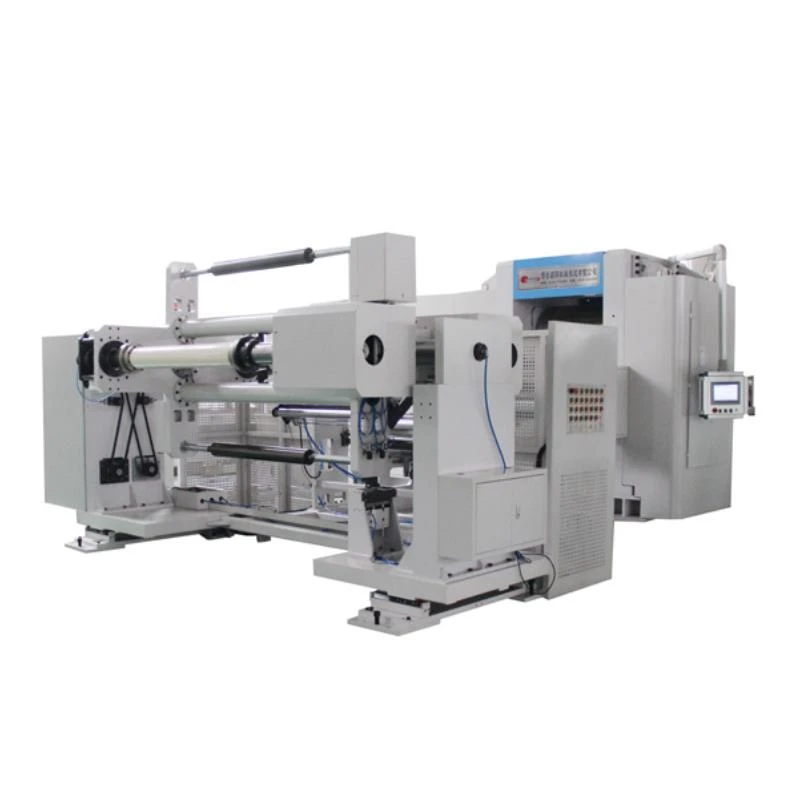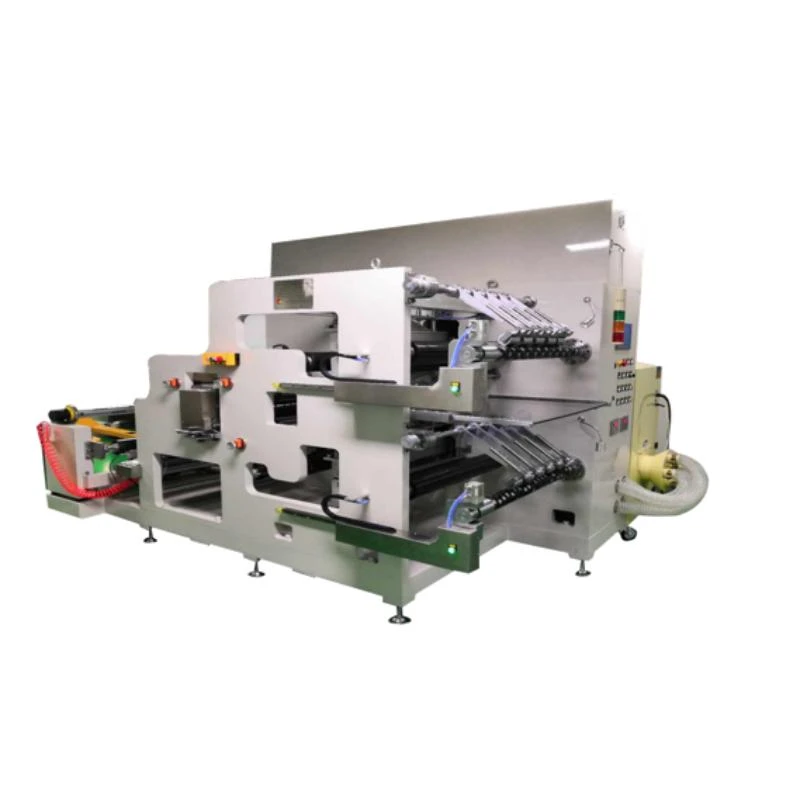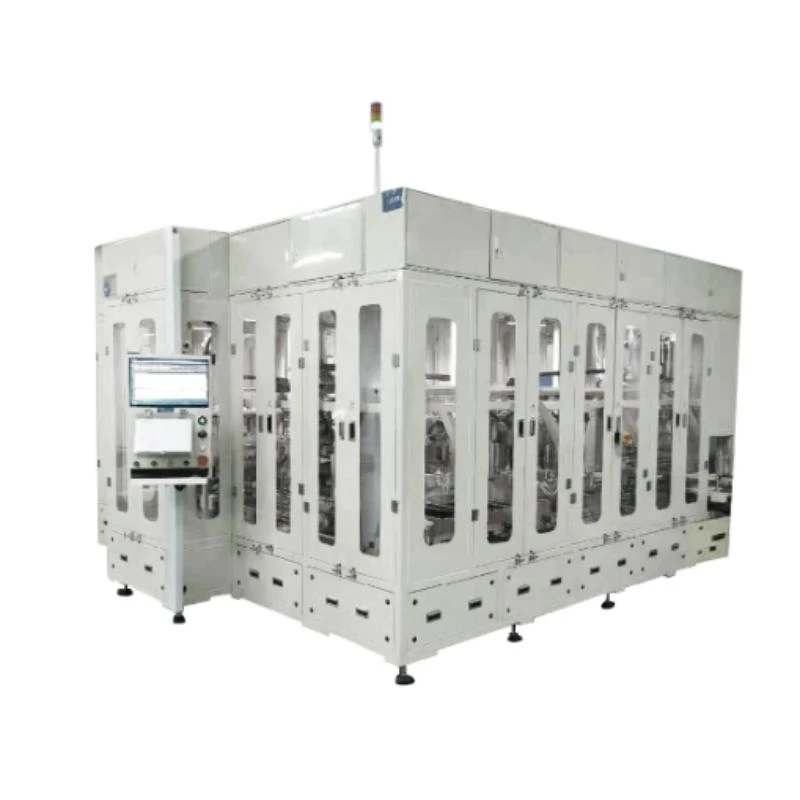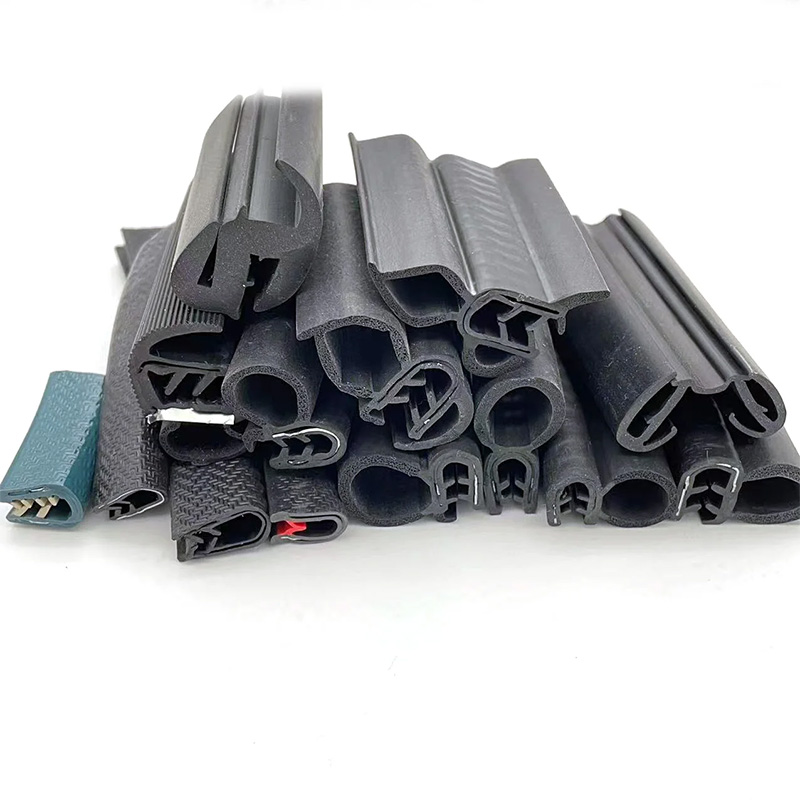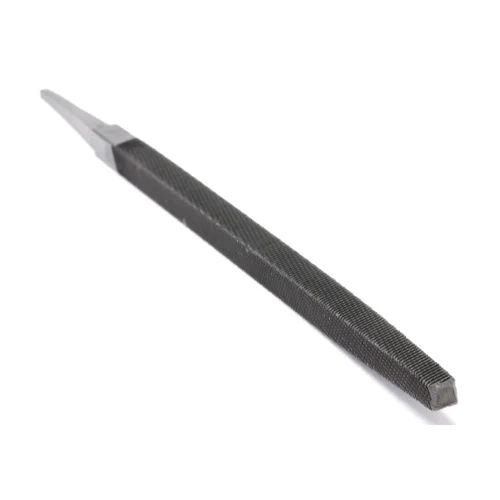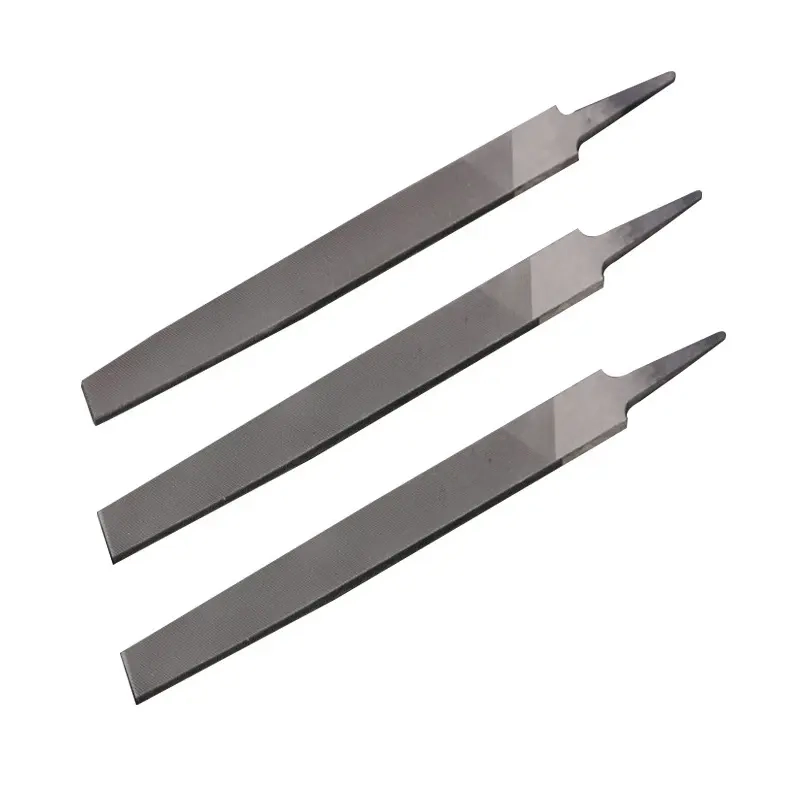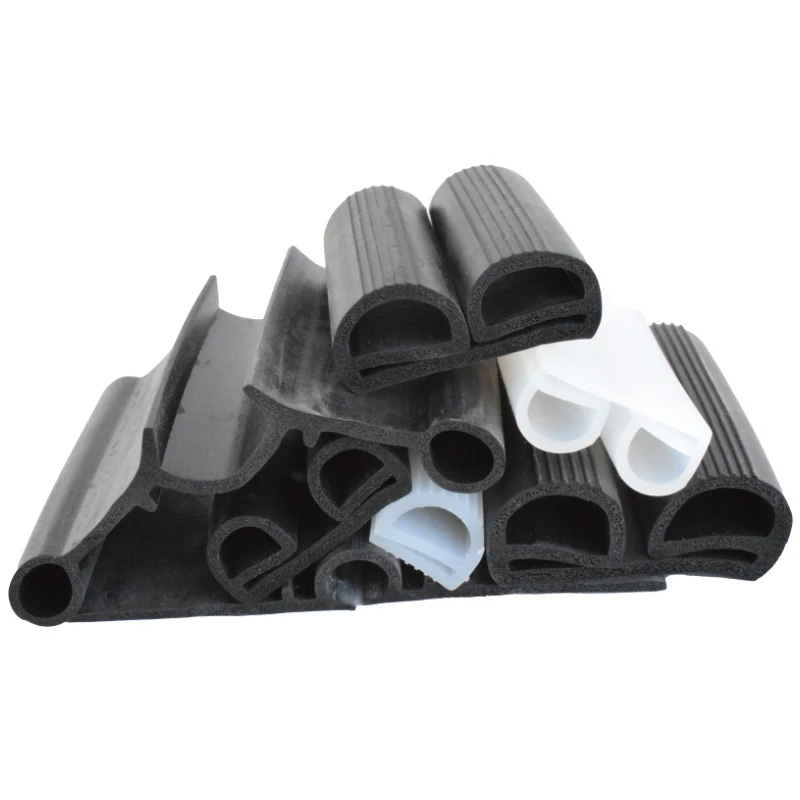Jul . 25 , 2025 05:01
Back to list
Absorbing Water Inflation Jute Bag for Flood Control – Eco-Friendly & Efficient
In the era of climate change, the frequency and intensity of floods are rising rapidly, making flood defense infrastructure and technology ever more important. One of the most innovative solutions in recent years is the absorbing water inflation jute bag for flood control. This product, known for superior performance and eco-friendliness, is replacing traditional sandbags in flood prevention scenarios worldwide. This article presents a detailed exploration of the technology, key parameters, industry trends, and real-world applications associated with the absorbing water inflation jute bag for flood control, while highlighting XINGTAI SHUODING TRADING CO.,LTD as a trusted partner in this vital sector.
About XINGTAI SHUODING TRADING CO.,LTD
- Company: XINGTAI SHUODING TRADING CO.,LTD
- Website: https://www.xtshuoding.com
- Email: sdtrading0927@126.com
- Phone: 86-19803295498
- Address: Room 1410, No. 119 Zhongxing East Street, Xiangdu District, Xingtai City, Hebei Province, China.
Product Introduction: Jute Absorbing Water Inflation Bag
Product Name: Jute Absorbing Water Inflation Bag
Type: 40x60cm
Description: The jute absorbing water inflation bag is engineered for flood prevention and emergency rescue scenarios. Its selection of high-quality burlap (jute) enhances both water permeability and post-immersion durability in comparison to canvas. Canvas and burlap are the primary fabrics used in flood defense, but field testing confirms that burlap—the principal material used in this product—offers superior permeability, abrasion resistance, and structural integrity after prolonged water soaking.
More Info: Click here for Product Details
Type: 40x60cm
Description: The jute absorbing water inflation bag is engineered for flood prevention and emergency rescue scenarios. Its selection of high-quality burlap (jute) enhances both water permeability and post-immersion durability in comparison to canvas. Canvas and burlap are the primary fabrics used in flood defense, but field testing confirms that burlap—the principal material used in this product—offers superior permeability, abrasion resistance, and structural integrity after prolonged water soaking.
More Info: Click here for Product Details

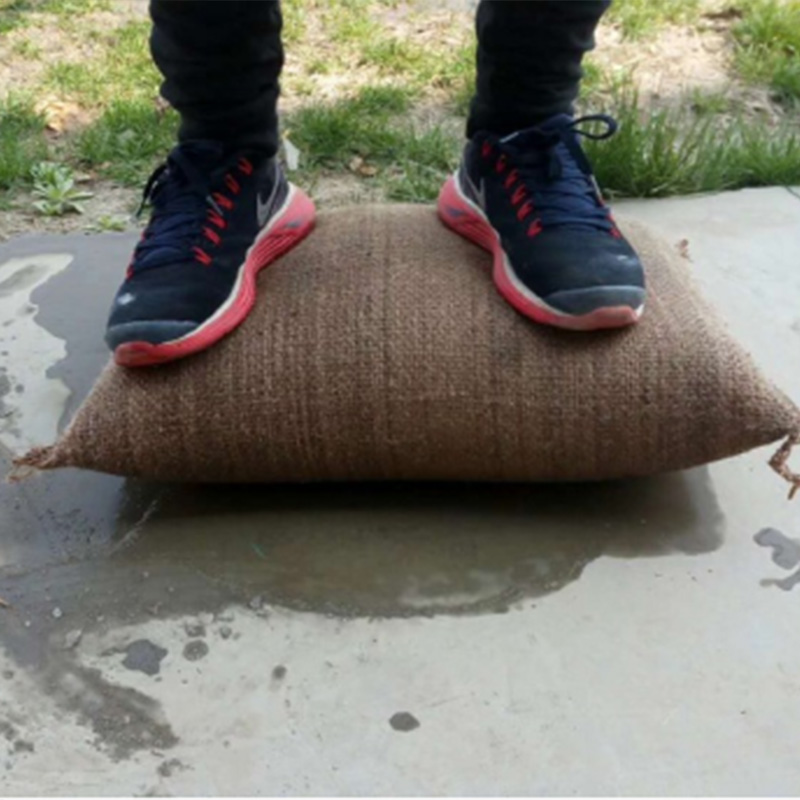
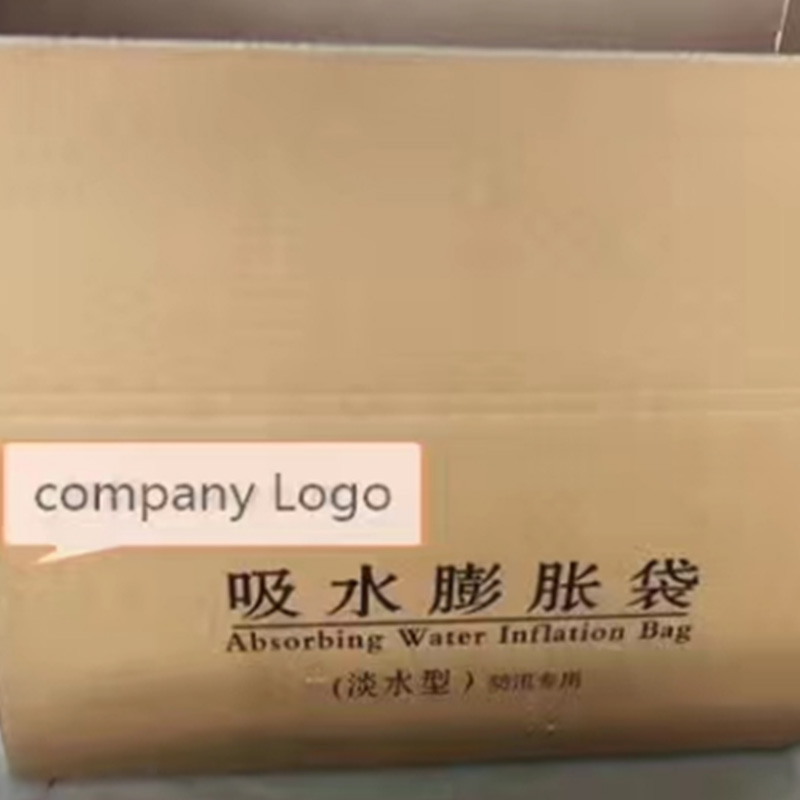

Industry Trends: Water-Absorbing Inflation Bag in Flood Control
With increases in unpredictable weather events, global demand for sustainable flood control solutions has intensified. According to ASCE, traditional sandbags present significant logistical and environmental challenges. As such, innovative products like the absorbing water inflation jute bag for flood control—which combines ease of transport, rapid deployment, and eco-friendliness—are increasingly being adopted by government agencies, disaster relief NGOs, and private sectors.
Recent years have seen a surge in adoption of water-absorbing inflation bag and watergelsacks, which offer lighter transportation weight and quick absorption capabilities. Environmental consciousness and recycling targets are further incentivizing organizations to transition from traditional sandbags to more sustainable solutions such as the flood control jute bag and water-absorbing inflation jute sack.
Recent years have seen a surge in adoption of water-absorbing inflation bag and watergelsacks, which offer lighter transportation weight and quick absorption capabilities. Environmental consciousness and recycling targets are further incentivizing organizations to transition from traditional sandbags to more sustainable solutions such as the flood control jute bag and water-absorbing inflation jute sack.
Key Technical Parameters of Absorbing Water Inflation Jute Bag for Flood Control
The table below summarizes key parameters gathered from industry data and product technical documents regarding absorbing water inflation jute bag for flood control solutions:
| Parameter | Specification (Jute Absorbing Water Inflation Bag) | Traditional Sandbag | Notes |
|---|---|---|---|
| Material | Burlap (Jute), Super Absorbent Polymer | Canvas or Polypropylene + Sand | Jute is more eco-friendly, biodegradable |
| Dimensions | 40 x 60 cm | 35 x 55 cm | Expanded size after absorption |
| Dry Weight | ~180g | ~1,500g (with sand) | Lighter for transport |
| Fully Absorbed Weight | 15 - 20 kg | ~20 kg | Comparable blocking mass |
| Absorption Time | 3–7 minutes | Manual fill | Rapid deployment |
| Water Permeability | High (fast absorption) | Moderate | Burlap tested superior to canvas[2] |
| Reusability | Single use, biodegradable | Single/Multi-use, non-biodegradable | Eco advantage |
| Environmental Impact | Compostable, low carbon | Disposal challenges | Key sustainability factor |
The data indicates that the jute absorbing water inflation bag not only matches the performance of conventional sandbags but excels in many sustainability and usability metrics.
Technical Trend Visualization
Comparative Analysis and Visualization
Application Scenarios for Water-Absorbing Inflation Jute Bag
- Municipal and Urban Flood Defense: Rapid placement along riverbanks, streets, and subway entrances during heavy rainfall.
- Disaster Relief: Quick response in emergency situations; easy logistical deployment due to light dry weight.
- Residential Protection: Homeowners can store and deploy absorbing water inflation jute bag for flood control as a first line of defense during seasonal floods.
- Infrastructure Protection: Safeguarding electric substations, critical data centers, or basements by stacking water-absorbing inflation bags.
- Agricultural Protection: Diverting or containing water in farmland, especially in remote areas where sand supply is difficult.
From Sandbags to Watergelsacks: The Evolution of Flood Control
Traditional sandbags have been the gold standard for flood control and protection for decades, yet their many drawbacks—bulk, heavy labor requirements, logistical complexity, and environmental impact—cannot be ignored. Industry analysis and field projects now advocate for transition to replacing flood control sandbags with water-absorbing inflation jute bag and watergelsacks. Insights from FEMA and WaterWorld Magazine show municipalities adopting next-generation, water-absorbing alternatives for faster, more sustainable relief operations.
Professional FAQ: Terminology and Technical Details
Q1: What material is used in water-absorbing inflation jute bags and why is it preferred?
A: These bags use natural jute (burlap) fabric combined with high-efficiency super absorbent polymers (SAPs). Jute provides high water permeability and durability, while SAPs ensure rapid and substantial water absorption. Jute’s biodegradability and environmental safety are key advantages.
A: These bags use natural jute (burlap) fabric combined with high-efficiency super absorbent polymers (SAPs). Jute provides high water permeability and durability, while SAPs ensure rapid and substantial water absorption. Jute’s biodegradability and environmental safety are key advantages.
Q2: What technical standards govern the production of flood control jute sacks?
A: Leading countries adhere to standards such as ASTM D3776 (weight), EN ISO 13934-1 (tensile strength), plus regional flood control deployment guidelines.
A: Leading countries adhere to standards such as ASTM D3776 (weight), EN ISO 13934-1 (tensile strength), plus regional flood control deployment guidelines.
Q3: What are the available size options for water-absorbing inflation bags?
A: Standard sizes include 40x60cm, 35x55cm, with custom sizes available to suit varying flood defense structures. The dimensions expand upon water absorption.
A: Standard sizes include 40x60cm, 35x55cm, with custom sizes available to suit varying flood defense structures. The dimensions expand upon water absorption.
Q4: Are these bags eco-friendly and how does disposal work?
A: Jute is biodegradable and the SAP content can often be safely composted. Unlike polypropylene sandbags, jute bags minimize post-use pollution.
A: Jute is biodegradable and the SAP content can often be safely composted. Unlike polypropylene sandbags, jute bags minimize post-use pollution.
Q5: What is the typical absorption rate for a single bag?
A: Absorption rate typically ranges from 12 to 20 liters within 3-7 minutes, enabling rapid deployment in emergencies.
A: Absorption rate typically ranges from 12 to 20 liters within 3-7 minutes, enabling rapid deployment in emergencies.
Q6: How are water-absorbing inflation bags installed?
A: Simply immerse the dry bag in water or allow water to soak the stacked bags; they expand automatically and are then positioned as a barrier, similar to traditional sandbagging techniques.
A: Simply immerse the dry bag in water or allow water to soak the stacked bags; they expand automatically and are then positioned as a barrier, similar to traditional sandbagging techniques.
Q7: Can these products be used more than once?
A: Generally, water-absorbing inflation bags are designed for single-use during one disaster event. However, their low weight and compactness aid overall logistics efficiency and reduce wastage.
A: Generally, water-absorbing inflation bags are designed for single-use during one disaster event. However, their low weight and compactness aid overall logistics efficiency and reduce wastage.
EEAT Optimization: Authoritativeness and Professional References
XINGTAI SHUODING TRADING CO.,LTD prides itself on robust quality control, R&D, and compliance with both regional and global flood control standards. Our technical team engages with experts via leading forums such as FloodList and participates in ongoing research highlighted in journals like ScienceDirect's "Journal of Hydrology". Our products, including the absorbing water inflation jute bag for flood control, meet contemporary needs for sustainability, effectiveness, and rapid response.
Conclusion & Industry Citations
As climate-related flooding becomes more frequent, the need for efficient, eco-friendly flood control solutions grows ever more critical. The emergence of the absorbing water inflation jute bag for flood control marks a turning point for municipal, private, and NGO responders, offering faster deployment, reduced environmental impact, and lower cost-in-use than traditional methods. As the technology continues to evolve, XINGTAI SHUODING TRADING CO.,LTD remains at the forefront, committed to advancing safer and more sustainable flood defense worldwide.
References & Further Reading:
- ASCE Library. "From Sandbags to Absorbent Barriers: Innovations in Flood Control." https://ascelibrary.org/doi/10.1061/(ASCE)IR.1943-4774.0001463
- ScienceDirect. “Comparison of Flood Bag Materials: Jute Versus Canvas.” Journal of Hydrology
- FEMA. "Flood Mitigation Assistance Grant Program." https://www.fema.gov/flood-mitigation-assistance-grant-program
- FloodList. "Flooding Trends and Innovative Defenses." https://www.floodlist.com/
- Lifewire. "How to Use ECharts for Data Visualization." https://www.lifewire.com/echarts-data-visualization-7114656
- WaterWorld Magazine. "Replacing Traditional Sandbags." https://www.waterworld.com/drinking-water/article/14039803
Share
Latest news
-
Lithium Battery Welding Machine | High-Precision, Fast, SafeNewsNov.17,2025
-
Aluminium Guide Roller | Anodized, Lightweight, Low-NoiseNewsNov.17,2025
-
Tofu Cat Litter Bulk – Eco, Low-Dust, Fast Clumping SupplyNewsNov.17,2025
-
Equipment for Lithium Cell Assembly | Automated & PreciseNewsNov.10,2025
-
Square File Tool – Precision Cut, Hardened Steel, VersatileNewsNov.10,2025
-
Lithium Ion Battery Assembly Machine | Automated, High-SpeedNewsNov.10,2025
